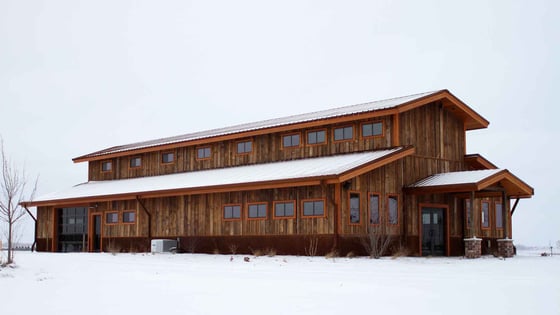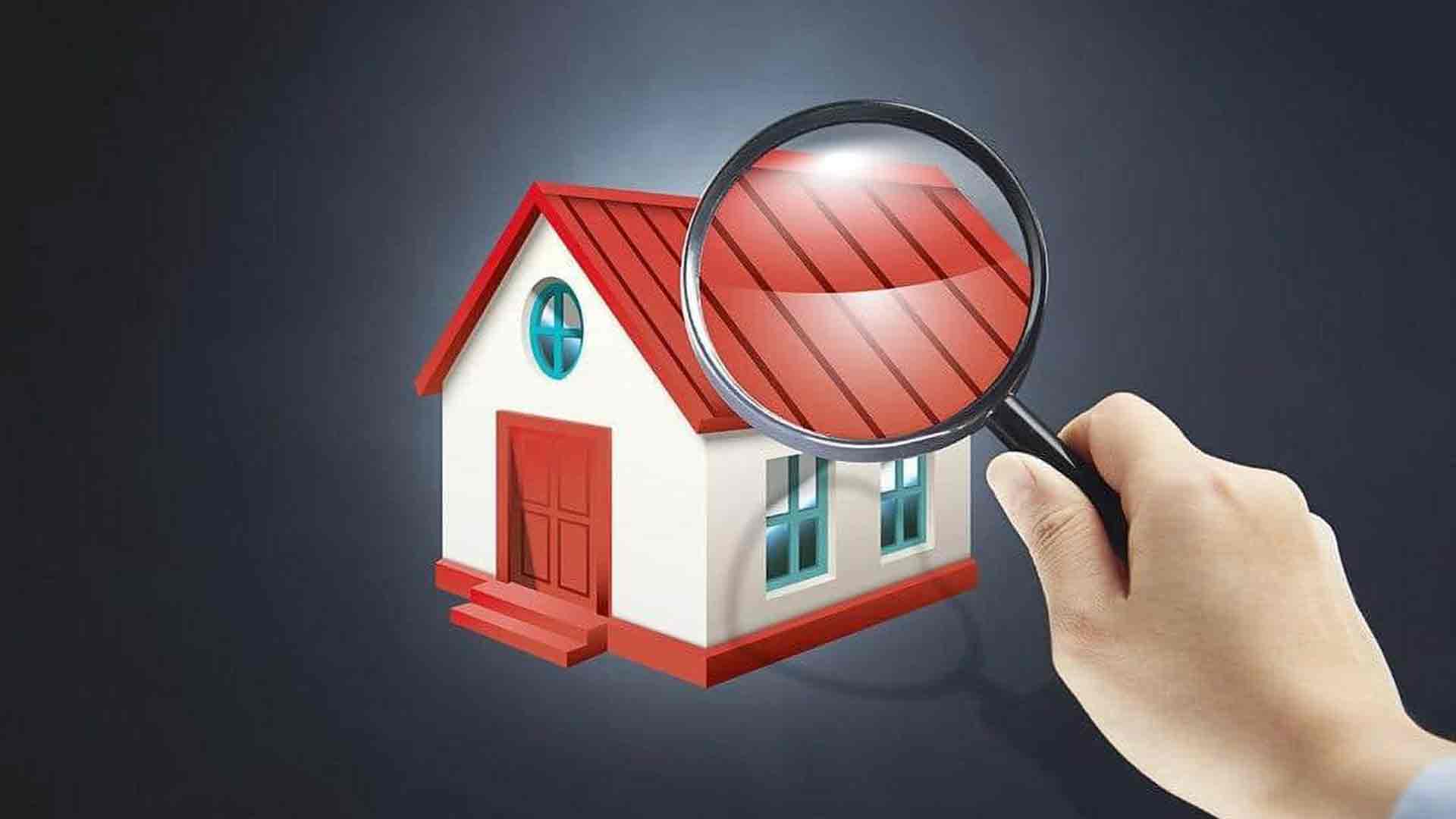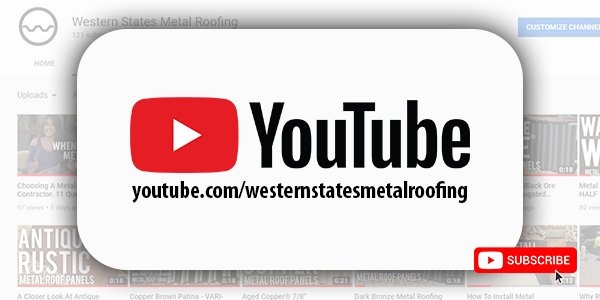Metal Roof Maintenance: 6 Tips To Care For Your Roof
Homeowner | Metal | Homeowner Education | roof | Maintenance
For example, maintenance on an asphalt shingle roof includes regularly checking for shingles that are broken, buckled, or have blown away and are missing altogether. These shingles have to be repaired or replaced immediately to keep up the integrity of the roof and prevent small issues from becoming larger problems.
Even though the maintenance on a metal roof is low, there are still some necessary actions you need to take to properly maintain your roof.
We want you to get the most value out of your metal roof. Besides correct installation, the best way to ensure your metal roof lasts is by doing routine maintenance.
In this article, we will go over the steps you should take to properly care for your metal roof.
- Have Your Metal Roof Inspected Annually
- Trim Branches To Avoid Contact With Roof
- Keep Gutters Cleaned Out
- Clean Off Any Dirt Or Debris From The Roof’s Surface And Valley
- Remove Heavy Snow
- Perform Inspections After Storms
1. Have Your Metal Roof Inspected Annually
We recommend an annual roof inspection, which is advised for all types of roofing, to ensure that there are no problems forming.
Items To Check On During A Metal Roof Inspection:
- Fasteners: Check for loose/ broken fasteners to avoid leaks.
- Foam closures: Make sure they are in good condition.
- Leaf Buildup: Make sure there is not a buildup of leaves or debris on the roof or in the gutters to avoid scratches on the surface or clogging in the gutters. Check these areas every 2-4 weeks depending on the leaf load in your area.
- Sealant: Make sure the sealant is not cracked, especially near chimneys, skylights, and valleys. Sealant is the number one reason a roof leaks as it has a short life span and usually isn’t replaced on time. The life expectancy of sealant should be listed on the container and replaced as suggested by the manufacturer.
Generally sealant dries out, shrinks and cracks to allow water into/behind sealant which causes major damage that may not be seen for years without proper inspection.
If any of the above items need to be addressed, they should be taken care of immediately to help avoid any damage to the structure.
2. Trim Branches To Avoid Contact With Roof
Nearby trees should be kept trimmed to avoid scratching the roof’s surface. This will also help with leaf buildup. Leaves that also pile up on roof can keep moisture on the roof. This moisture can eventually lead to paint and finish damage which will not be covered by the standard paint/finish warranty. The roof needs to also be clean and free from leaves or other debris that can accumulate over time and build up on it.
3. Keep Gutters Cleaned Out
Leaves and other forms of debris can build up and clog the gutters. It may ultimately block up your proper drainage system and may lead to damage of the fascia and substrate system. Make sure the gutters are cleaned out every season to prevent future improper drainage and corrosion issues
If you live in an area with heavy leaf load, leaves will need to be cleaned every 2-4 weeks. Leaf guards may also need to be installed if you live in a heavy leaf area.
4. Clean Off Any Dirt Or Debris From The Roof's Surface And Valley
Any dirt that is stuck to the roof can cause damage to the paint and also has a negative impact on the roof’s appearance. Keep your roof looking its best by cleaning the surface properly to avoid staining.
5. Remove Heavy Snow

If you live in an area with heavy snowfall, damage can potentially occur to the framing if the snow load builds up heavily and stays on the roof for an extended period of time. As long as it’s safe to do so, remove some of the snow to lighten the stress that is being put on the roof from the extra weight. Make sure that whatever tools you use to remove the snow, such as a snow rake, is safe to use on metal and will not cause scratches.
If you live in a climate where there is heavy snowfall on a somewhat regular basis, consider attaching snow guards to avoid rooftop avalanches.
6. Perform Inspections After Storms
As mentioned earlier, regular preventive inspections should be performed annually to stay ahead of any potential problems that can be forming. However, an inspection should also be done after any severe weather that you think may have caused damage. Checking the roof right after a substantial storm, instead of waiting for your next routine maintenance, might save you from a larger problem.
Depending on the kind of extreme weather, there are particular areas you should check on.
- Snowstorm: Check trim and flashing, as well as gutters. If you have snow guards, make sure they are not damaged.
- High winds: Check for any damage from fallen branches, damage to foam closures, as well as any loose or missing trim and flashing.
- Hail storm: Check for loose fasteners, damage to trim and flashing, as well as any denting.
The Importance Of Metal Roof Maintenance
A metal roof comes with many benefits, and one of the biggest advantages is how long a metal roof will last. If the roof is not properly cared for, it will not last for the full amount of time that it should.
As metal roofing manufacturers, we are experts on how to make our products last. Follow our guidelines to ensure that you get the full value out of your metal roof.





